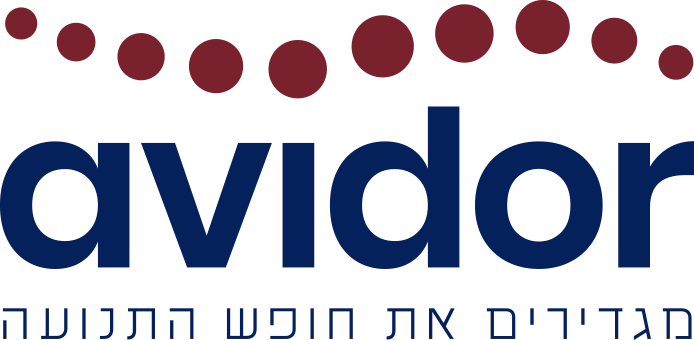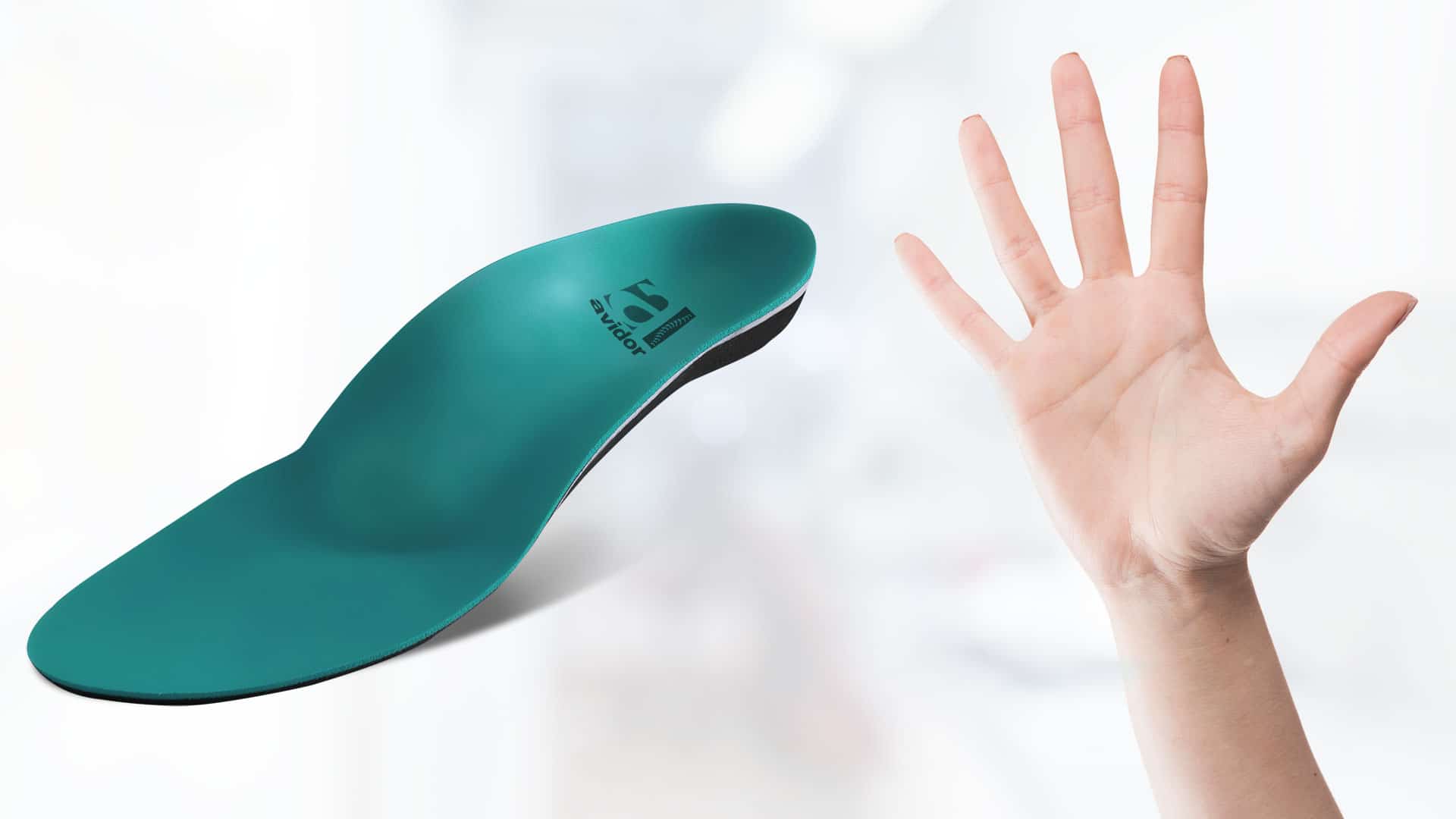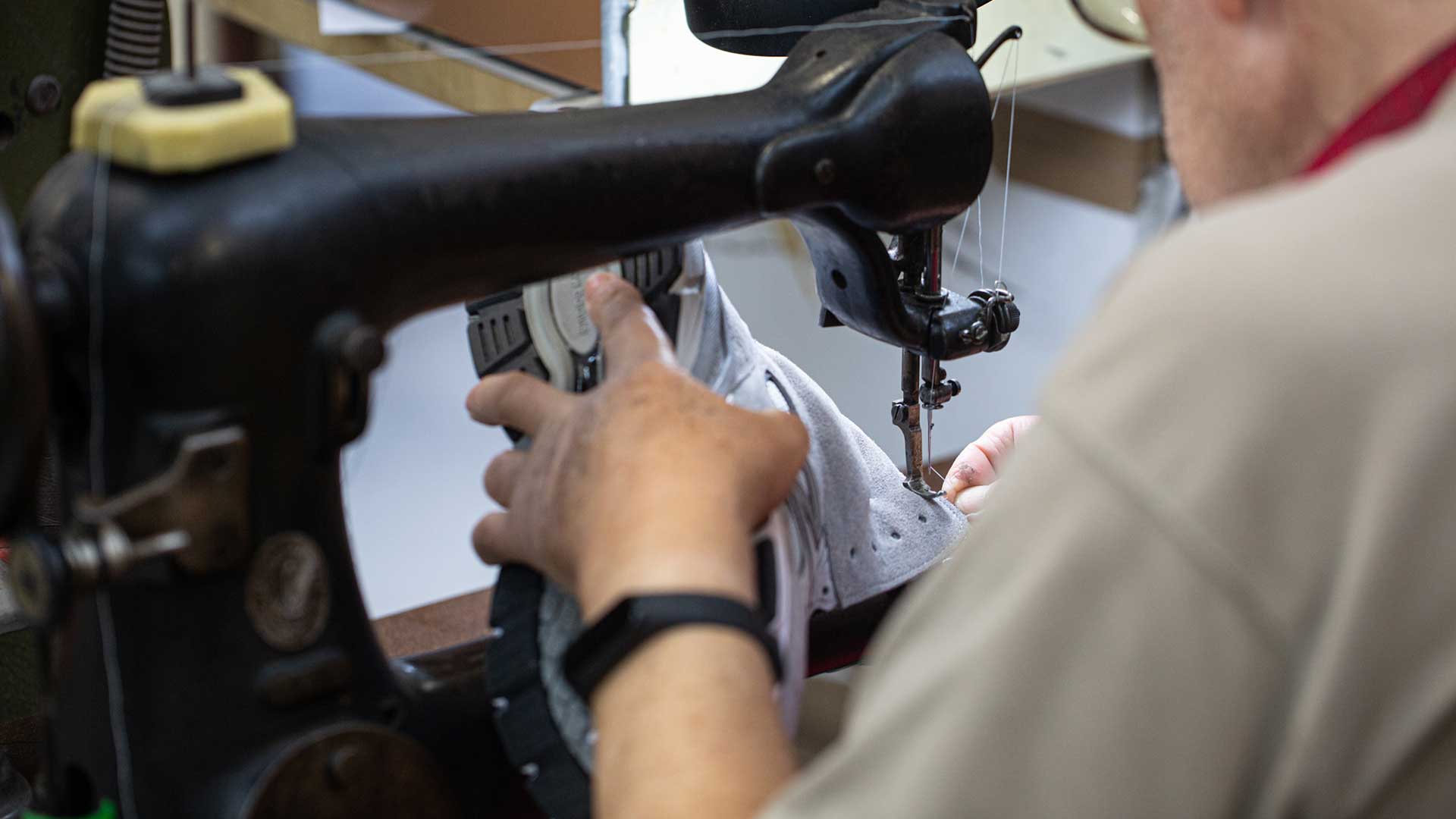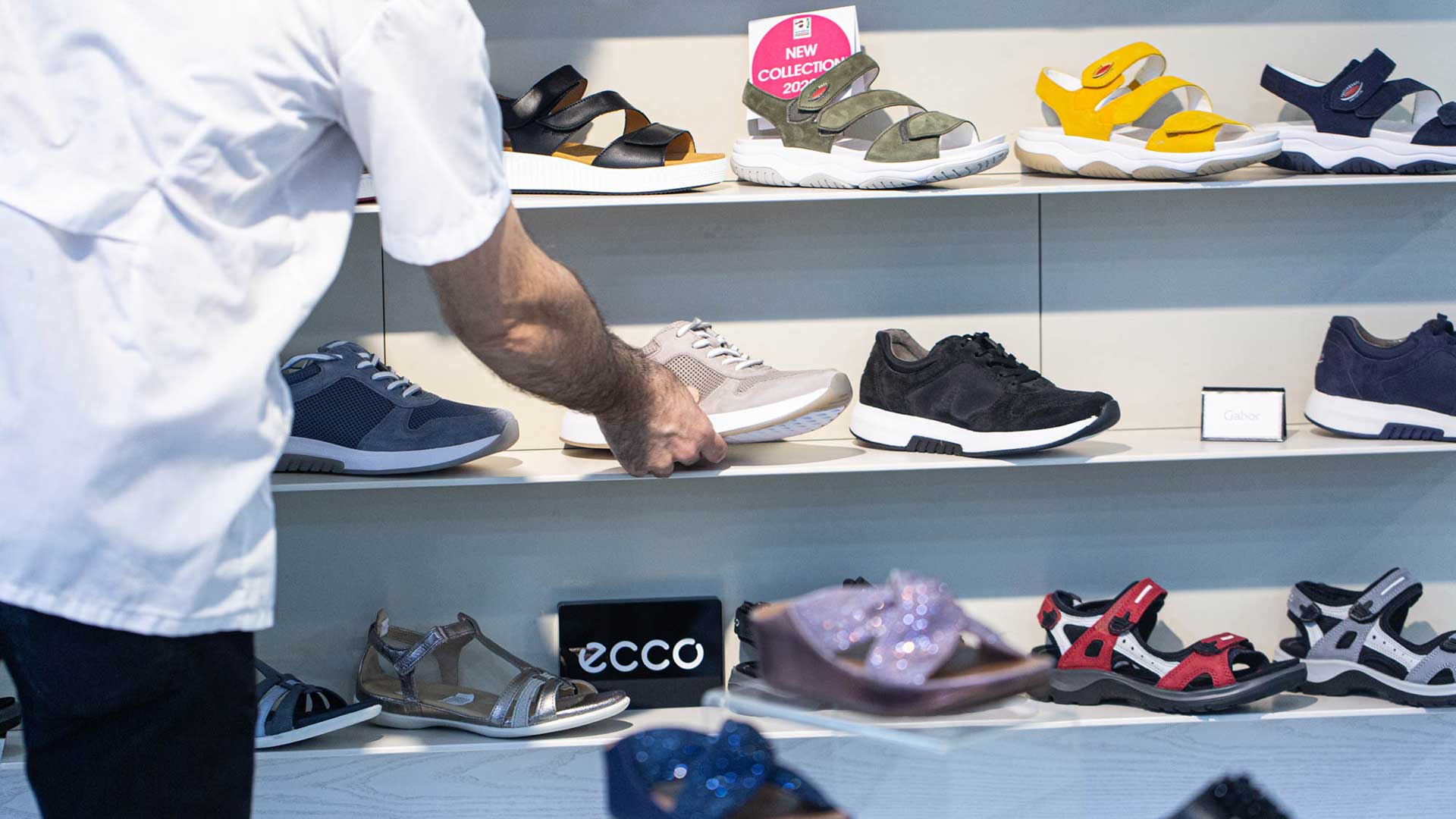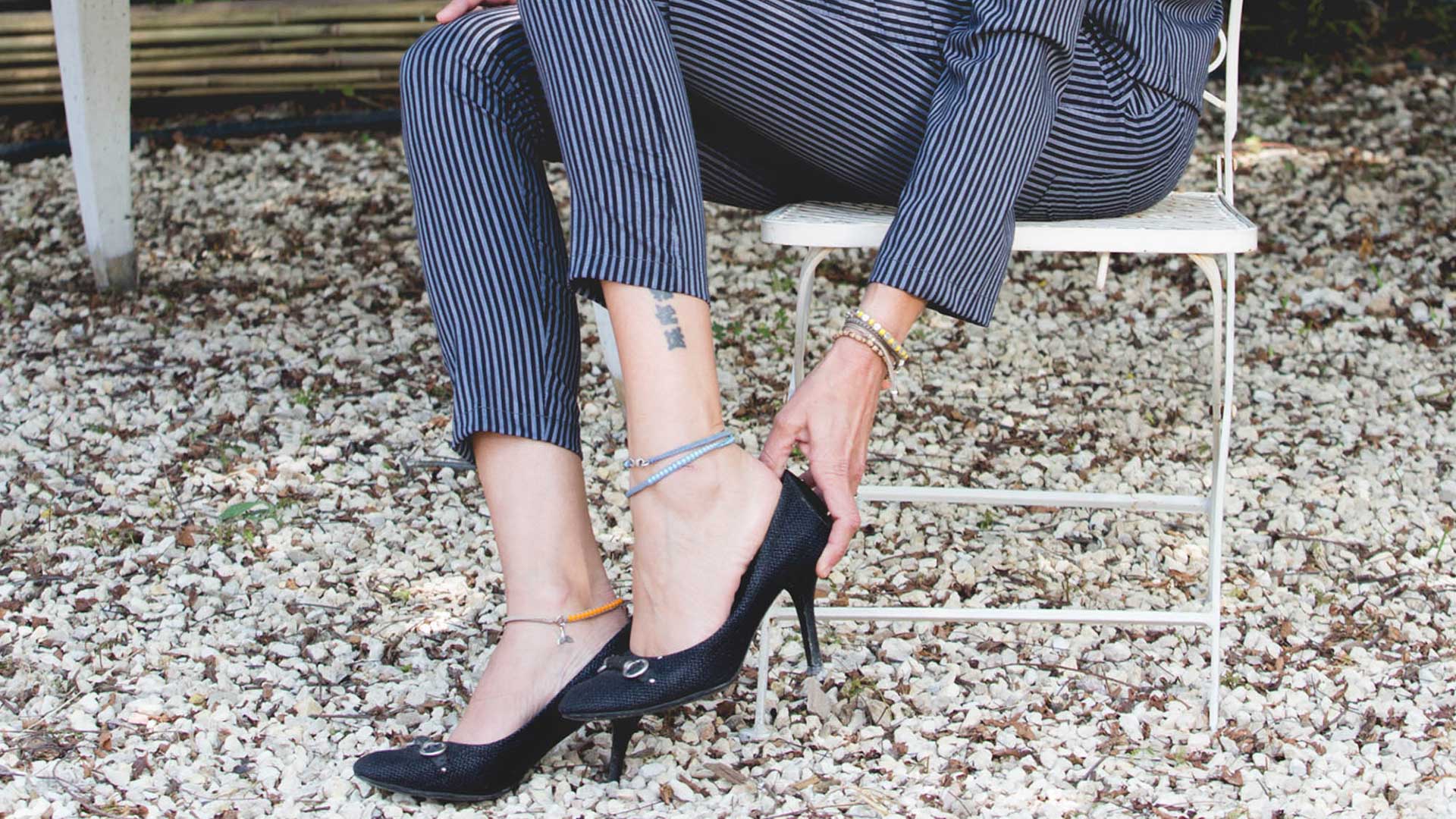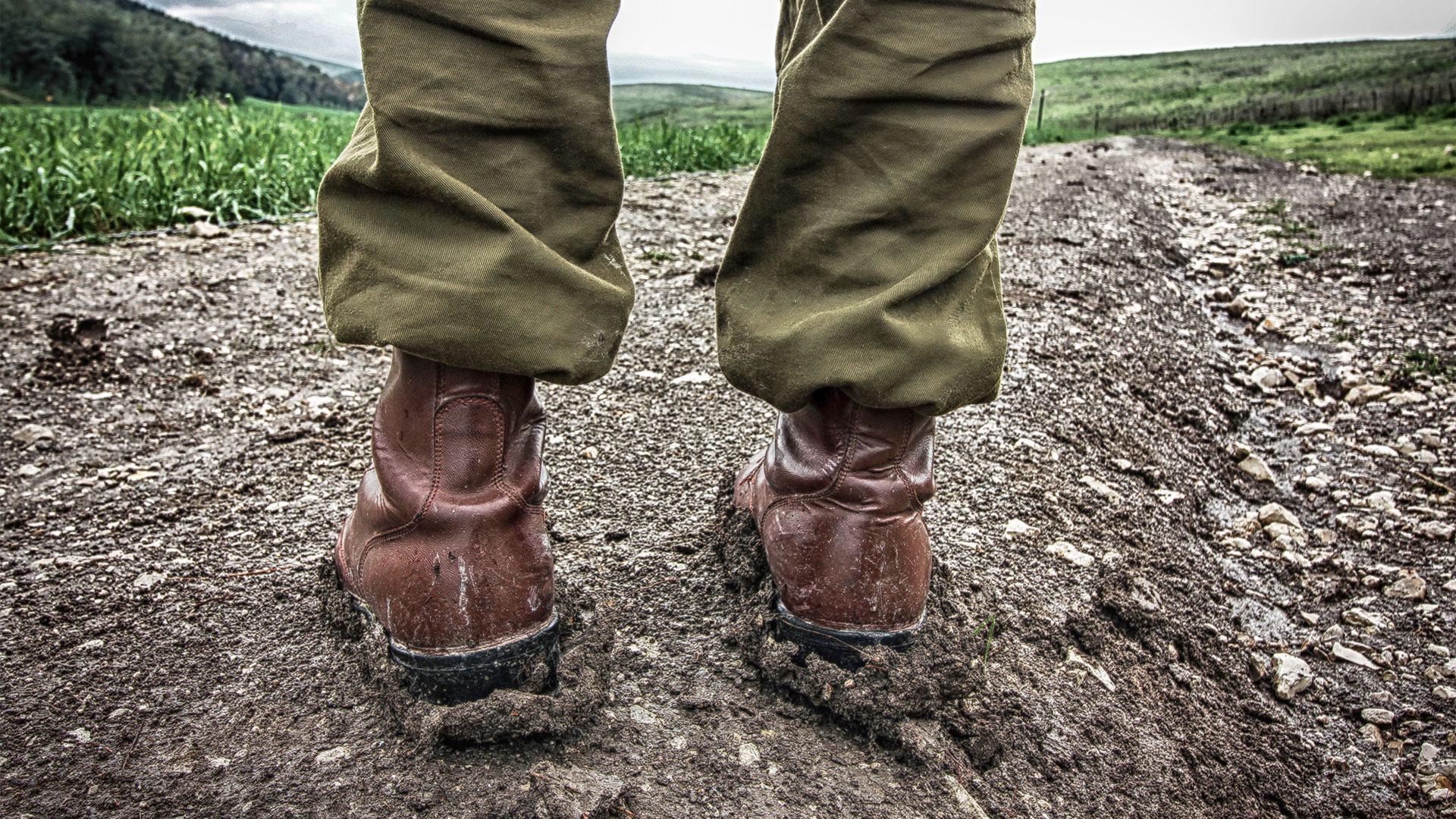The field of long-distance running is constantly growing in Israel. If you want to seriously commit to this area of sports – choosing a suitable equipment is very important. Following are a few tips on how to choose the equipment and minimize the risk of injury:
Shoes for walking, running and trekking:
Running shoes, like all sports footwear, serve two main purposes: support the body and absorb the shocks as a result of the foot’s contact with the ground. However, keep in mind that padding and shock absorption features usually mean that the shoe will be heavier. Therefore, there are various types of running shoes with a different balance between such features, as improved balance, shock absorption and low weight.
Choosing the right shoe depends on the physical structure of your foot and your running style. Before selecting a pair of running shoes, it is important to understand two basic terms: foot pronation and foot arch height.
Foot pronation is a term that describes the direction of a foot when it lands on the ground. Many people’s motion while running or walking is characterized by an inward roll of the foot (i.e. the big toe is pointing towards the other foot). Other people have an external pronation, while the center of gravity is imposed on the external part of the foot. The optimal condition is the medium pronation inward.
Foot arch height is a term related to the process of measuring the curvature of the foot. Most people’s feet are curved upwards on the inside in such way that this part of the foot does not touch the ground. Some people suffer from a foot arch that is too high. Such condition causes a reduced contact between the foot and the ground. There are also people suffering from a foot arch that is too low – such condition causes an excessive contact between the foot and the ground. Condition, in which the foot arch is completely flat is called “flatfoot”.
Following are various shoes types along with the explanations regarding every type:
Stability Shoes – shoes that provide moderate support with a good shock absorption capacity. This type of shoes is good for runners with light or moderate pronation inward and for those with a low foot arch, which is not completely flat.
Motion Control Shoes – these shoes are particularly durable and provide maximum foot support. Such shoes are recommended for people with a moderate pronation outward, as well as for people with a low foot arch and those with a particularly heavy weight.
Performance-Training Shoes – very light shoes that provide minimal support only. They are recommended for long-distance running for people, who don’t suffer from an excessive internal or external pronation.
Race Shoes – these shoes are even lighter than the performance-training shoes. They almost don’t provide foot support at all. It is not recommended to use such shoes often. Wear them for competitions and short speed training sessions. If you are not a professional runner, you are better off giving up on these shoes.
Neutral-Cushioned Shoes – while these shoes provide little support, they allow maximum shock absorption. This type of shoes is suitable for people with a normal to high foot arch and for those who tend imposing a lot of weight on the heel.
Trail Shoes – these shoes are especially designed for field conditions. They are characterized by particularly strong stitches and are made from highly resistant and durable materials. The greatest disadvantage of this type of shoes is that they are relatively heavy, which makes them less attractive for running in the urban areas.
Running Shoe Insoles – for a perfect fit
Despite a large variety of running shoe, there is only one way to completely adjust the shoe to your foot: shoe insoles. Adding custom made shoe insoles will provide you with better foot support, which is critical during intense training and prolonged running. Avidor provides its clients with professional custom made running shoe insoles made of hand materials with and sweat-dissipating properties, while taking into account foot’s function during running.
To fit the running insoles to your foot in the most optimal way, it is recommended to undergo biomechanical testing. This test is carried out at Avidor’s biomechanical laboratory and it allows to thoroughly analyze body functioning during movement, in order to detect vulnerabilities and risks, and prevent various potential problems in advance.
Complementary running accessories
When it comes to marathons, it is important to choose suitable clothes – an important aspect, which is often ignored.
Socks – wearing cheap socks can result in blisters and damaged nails. It is recommended to invest in a pair of professional socks designed for running.
Shorts – when it comes to long runs in hot weather (like the weather that is expected at the Tel Aviv Marathon), it is recommended purchase airy and light jogging shorts.
Running cap – it is recommended to wear a cap that prevents the sweat from getting inside the eyes and protects against the sun. The cap should be lightweight and comfortable, without putting unnecessary pressure on the head.
